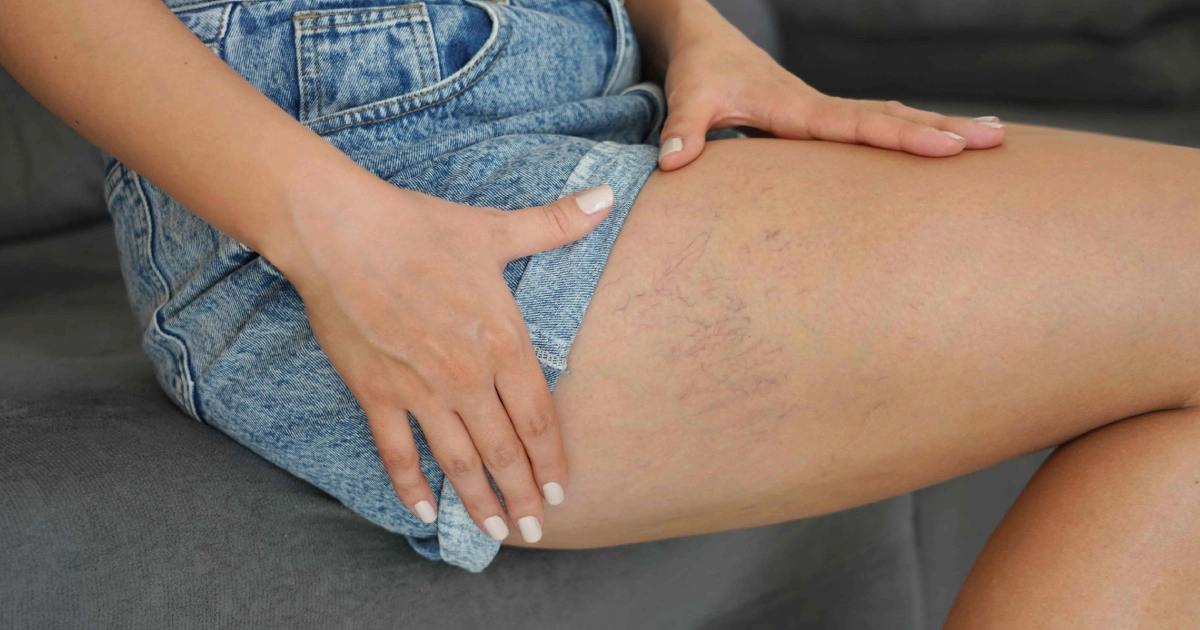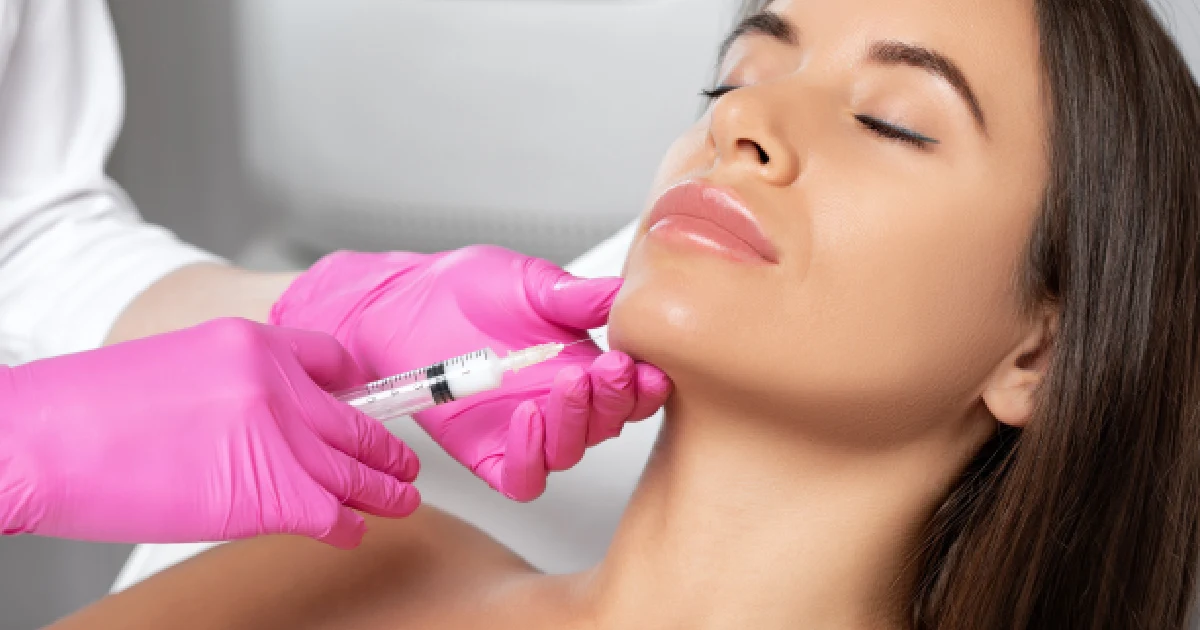Table of Contents
When considering cosmetic treatments like dermal fillers and Botox, many individuals find themselves wondering which option is better for them. These two popular non-surgical options have distinct benefits and mechanisms, offering solutions for different aesthetic goals. Here’s what you need to know about each treatment and how they compare to help you make an informed decision.
What Is Botox?
Botox is a neuromodulator made from botulinum toxin. It’s injected into specific muscles to temporarily block the nerve signals that induce them to contract. This prevents the formation of dynamic wrinkles, which are the lines that appear from repetitive facial movements like frowning or squinting. The reduction in muscle activity smooths the overlying skin, softening lines and preventing new ones from forming.
Botox functions by impeding the release of acetylcholine, a neurotransmitter that triggers muscle contraction. By reducing this activity, Botox limits the formation of wrinkles in areas such as the forehead, between the eyebrows (often referred to as the “11 lines”), and the crow’s feet around the eyes.
Typically, Botox starts working within a few days, with full results becoming visible in about two weeks. The effects last between three and six months, depending on the individual and the area treated. Botox is commonly used for dynamic wrinkles, but it does not address volume loss in the face, which is where dermal fillers come in.
What Are Dermal Fillers?
Dermal fillers address different concerns compared to Botox. While Botox smooths dynamic wrinkles by limiting muscle movement, fillers add volume to areas that have lost fullness due to aging. Common areas treated with fillers include the cheeks, lips, under the eyes, and around the mouth.
Most dermal fillers consist of hyaluronic acid (HA), a molecule intrinsically found in the skin that helps to maintain moisture and elasticity. HA fillers work by attracting water to the treatment area, plumping the skin, and filling in lines and creases. Some fillers also stimulate collagen production, which can help enrich skin elasticity and texture over time.
A key benefit of fillers is that they provide immediate results. Once injected, the added volume is instantly noticeable. Depending on the type of filler and where it’s placed, the effects can last anywhere from six months to two years. Because they restore lost volume, fillers are especially useful for treating static wrinkles, which are visible even when the face is at rest.
Key Differences Between Botox and Dermal Fillers
Understanding the fundamental differences between Botox and dermal fillers is crucial when deciding which treatment is right for you.
Mechanism of Action
Botox functions by loosening the muscles that cause dynamic wrinkles. It temporarily stops muscle contractions in specific areas, allowing the skin to smooth out. Fillers, on the other hand, infiltrate volume directly to the skin to fill in static wrinkles and hollow areas. While Botox addresses muscle movement, fillers focus on plumping and restoring lost volume in the skin.
Target Areas
Botox is most effective for dynamic wrinkles—those caused by facial expressions. It’s typically used to treat lines in the upper face, like frown lines, forehead wrinkles, and crow’s feet. Dermal fillers are able to fit areas with volume loss, such as the cheeks, lips, and under-eye areas. They also work well when filling in nasolabial folds and marionette lines.
Results Timeline
Botox results typically take a few days to become noticeable, with full effects visible in about two weeks. Fillers, however, provide immediate results since they physically add volume to the treated area. Both treatments are temporary, but fillers tend to last longer, with results lasting from six months to two years, depending on the type used and the area treated.
Longevity of Results
Botox treatments last around three to six months, after which the muscle shifting will gradually return, and the wrinkles will reappear. Dermal fillers last longer, especially HA-based fillers, which can provide results for up to two years in some cases. The type of filler, the area treated, and the individual’s metabolism all influence how long the results will last.
When to Choose Botox
If your primary concern is the formation of fine lines and wrinkles induced by facial expressions, Botox may be your best option. It’s particularly effective for smoothing lines on the forehead, between the eyebrows, and around the eyes. Many people also use Botox preventively to stop wrinkles from forming before they become deeply etched into the skin.
Botox is often chosen by younger individuals who want to minimize the appearance of early signs of aging. Its muscle-relaxing properties help maintain smooth skin in areas where repetitive movements, such as frowning or squinting, tend to create creases.
When to Choose Dermal Fillers
Dermal fillers are ideal for those who want to restore volume to their face. As we age, we lose collagen and fat, which can result in drooping skin and hollow areas, particularly around the cheeks, lips, and under the eyes. Fillers plump up these areas, creating a more youthful and lifted appearance.
If your main concern is filling in deeper lines and wrinkles, particularly those that are visible when your face is at rest, dermal fillers can provide a more immediate solution. Fillers also offer contouring benefits, allowing you to sculpt the cheeks, define the jawline, and enhance the lips.
Combining Botox and Dermal Fillers
For many people, the best approach is to combine Botox and dermal fillers. Botox works on the upper face to reduce the appearance of dynamic wrinkles, while fillers address volume loss and static wrinkles in the lower face. When used together, they provide a more comprehensive rejuvenation by smoothing fine lines and restoring youthful contours.
A combined treatment plan allows for a tailored approach, addressing different areas of concern with the appropriate solution. For example, Botox can be induced to address forehead lines and crow’s feet, while fillers can plump up the cheeks and add volume to the lips.
Takeaway
As you weigh your options between Botox and dermal fillers, remember that both treatments offer powerful ways to refresh and rejuvenate your appearance. Whether you’re looking to smooth out dynamic wrinkles or restore volume to areas influenced by aging, the right choice depends on your personal goals and the specific concerns you want to address. With the added benefits of dermal fillers, such as immediate results and long-lasting effects, fillers provide an effective solution for contouring and volumizing. If you decide on this treatment, don’t forget to follow proper Aftercare for dermal fillers to ensure optimal results.
At MICARI Aesthetics & Veins, we understand the importance of personalized care when it comes to facial rejuvenation. Whether you’re new to aesthetic services or looking for a fresh approach, our team are here to guide you. Revitalize your skin—schedule your Facial Rejuvenation treatment today!







